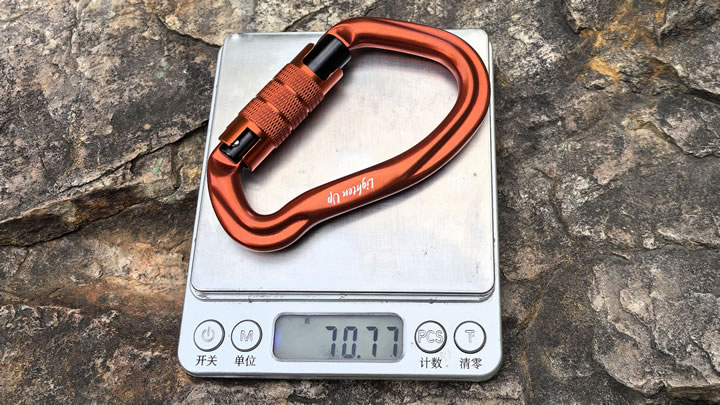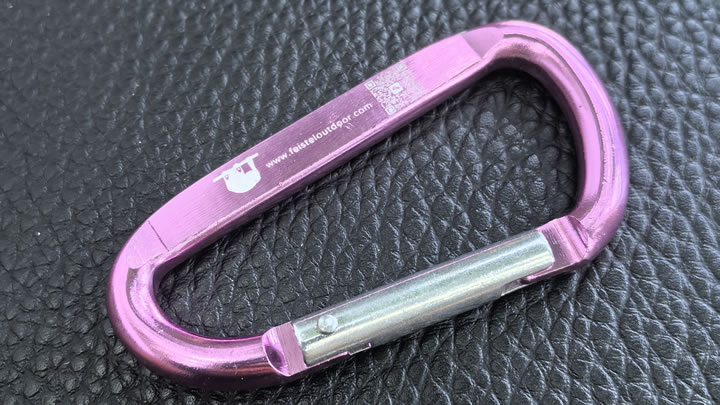How to store a camping stove long-term?
Proper long-term storage is the difference between a stove that lasts for decades and one that fails on your next trip. Whether you're winterizing gear or preserving a backup stove, these professional techniques will protect your investment from corrosion, fuel degradation, and critter damage.

Why Proper Storage Matters
- Prevents Fuel System Clogs: Old fuel leaves varnish-like residue that clogs jets and hoses
- Avoids Corrosion: Moisture causes rust in burner assemblies and fuel lines
- Pest Deterrence: Insects and rodents nest in unclean stoves
- Maintains Safety: Stored fuel leaks can create fire hazards
Step-by-Step Storage Process
1. Deep Cleaning (The Foundation)
- For Gas Stoves:Burn off residual fuel by running the stove until the flame dies naturally.Use compressed air to blast debris from burner ports.
- For Liquid Fuel Stoves:Drain white gas/kerosene completelyFlush the tank with 1oz of isopropyl alcohol, then air-dry upside down
- Universal Steps:Soak removable parts in warm water + baking soda (1/4 cup per gallon)Scrub with a brass brush (steel damages coatings)
2. Critical Part Maintenance
- O-Rings & Seals:Coat with food-grade silicone grease (not petroleum-based)Store separately in labeled bags
- Fuel Hoses:Hang vertically to prevent kinkingInsert pipe cleaners to maintain shape
- Pump Systems:For MSR-style stoves, store pumps disengaged
3. Drying Techniques
- Air Drying: Minimum 48 hours in low humidity
- Accelerated Method:Use a hairdryer on cool setting (keep 12" from parts)Place components near (not on) a dehumidifier
4. Storage Environment Setup
| Location | Pros | Cons |
|---|---|---|
| Basement | Stable temps | High humidity risk |
| Garage | Ventilated | Temp fluctuations |
| Closet | Dry | Limited airflow |
| Best Choice: Climate-controlled storage with silica gel packs (replace every 6 months) |
5. Special Cases
- Canister Stoves:Store with empty, punctured canister attached to protect valves
- Wood Stoves:Line with newspaper to absorb moisture; prevents creosote buildup
- Integrated Systems (Jetboil):Remove piezo igniter batteries to prevent corrosion
Pro Longevity Tips
- Fuel Stabilization: Add Star Tron enzyme treatment to liquid fuel tanks before storage
- Anti-Corrosion Spray: Use WD-40 Specialist Long-Term Corrosion Inhibitor
- Inspection Schedule: Check stored stoves every 3 months for moisture or pests
Common Storage Mistakes
❌ Sealing in Plastic: Traps moisture - use canvas storage bags instead
❌ Vertical Canister Storage: Leads to valve leaks - always lay horizontally
❌ Ignoring Gaskets: Causes permanent compression - remove and store flat
FAQs
Q: How long can you safely store a camping stove?
A: Properly stored stoves last 10-15 years. Replace rubber parts every 5 years.
Q: Should you store stoves with fuel for emergency readiness?
A: Never! Always empty completely - store fuel separately in approved containers.
Q: Can you store stoves in freezing temperatures?
A: Yes, but ensure absolute dryness - ice expansion damages precision parts.
Seasonal Maintenance Checklist
- Pre-Storage: Full cleaning + lubrication
- Mid-Storage: Quick inspection (look for rust/damage)
- Post-Storage: Test burn before actual trips
The Verdict
By investing 1 hour in proper storage, you'll add years to your stove's life. Remember: The enemy is always moisture + residue. Follow this protocol and your gear will deliver peak performance season after season.
Store smart, adventure longer!






